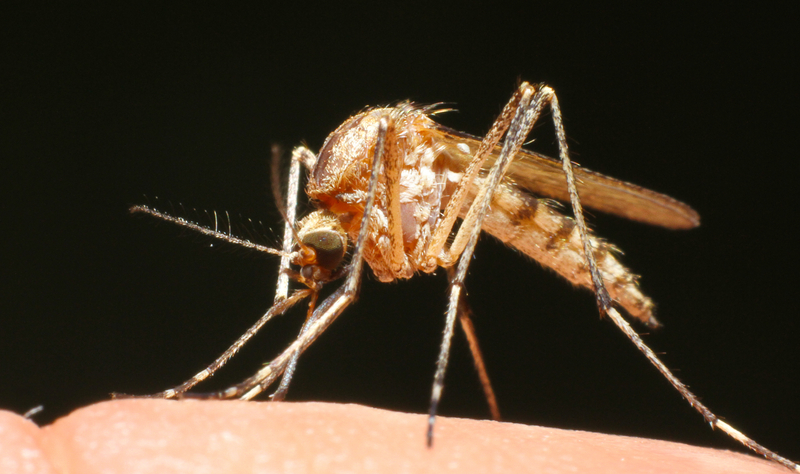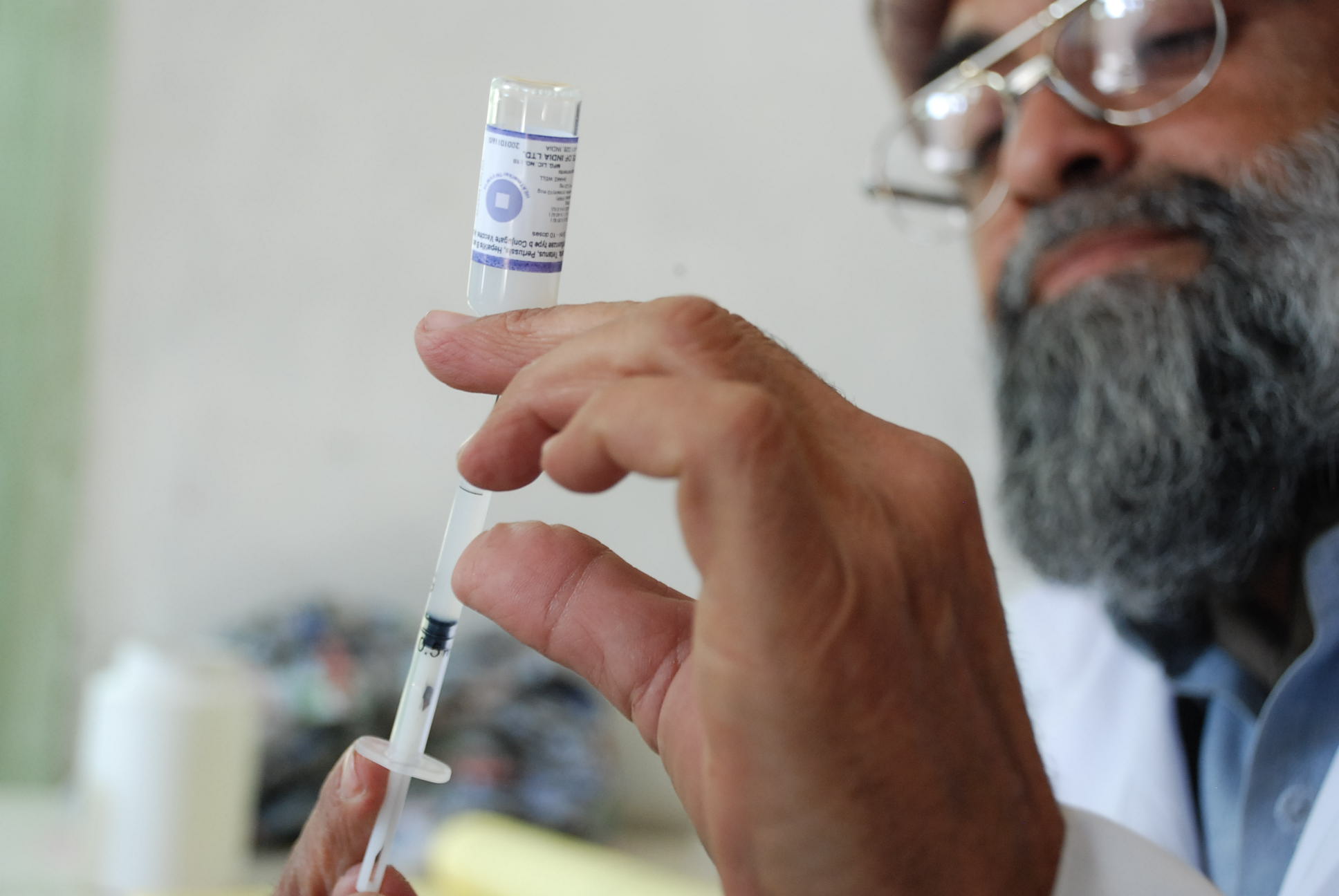The Causes, Symptoms And Treatment Of Malaria
Malaria is a deadly blood disease transmitted to humans through mosquitoes in which the person bit is infected with parasites that multiply in the liver where they eventually infect and destroy red blood cells, which carry oxygen throughout the body. Malaria occurs mostly in tropical areas of the world but hit a forty year record high in the United States in 2011. It can be treated if caught during the early stages of its development. Here are the causes, symptoms, and treatments.
8. Causes

Malaria occurs when an infected mosquito bites a human and injects a parasitic infection into the bloodstream where it lays dormant in the liver. After being bitten by an infected mosquito, the person affected will not show symptoms for up to sixteen days while the parasite begins to multiply asexually, or without a partner. The new parasites are released into the bloodstream where they infect red blood cells while other parasites remain in the liver. A mosquito becomes infected once it bites a person who already has the decease.
7. Uncomplicated Malaria

Malaria symptoms are divided into two categories: uncomplicated and severe. Uncomplicated malaria occurs when symptoms are present, but there are no clinical signs of severe problems with vital organs. Detecting uncomplicated malaria early is the best way to treat the disease; however, symptoms are often misdiagnosed or not diagnosed at all in areas where malaria is uncommon. People who live in regions where malaria is prevalent often try to self-medicate at home, but this is not recommended.
6. Symptoms Of Uncomplicated Malaria

Individuals who suffer from uncomplicated malaria may eventually develop severe malaria if the disease is not treated or if they have an impaired immune system. Symptoms of uncomplicated malaria include flu-like symptoms, fever, chills, shivering, sensations of feeling cold, headaches, vomiting, fatigue, and sweats that eventually return to a normal temperature. Seizures are common in children with uncomplicated malaria. Symptoms may last anywhere from six hours to several days. Seek immediate treatment if a fever develops after a recent mosquito bite.
5. Severe Malaria

According to the World Health Organization, severe or complicated malaria is a parasitic infection caused by a strain known as Plasmodium falciparum, although other infections such as P. vivax and P. knowlesi may occur as well. The type of infection may depend on the kind of mosquito carrying the disease. In some cases, symptoms may arise so quickly that early treatment is not possible. This is especially common in young children.
4. Symptoms Of Severe Malaria

Clinical symptoms of severe or complicated malaria include generalized weakness such as the inability to sit, stand or walk without assistance, impaired consciousness including a coma, convulsions lasting more than two episodes within a twenty-four hour period, respiratory distress, deep breathing, acute kidney injury, shock, systolic blood pressure, jaundice, abnormal bleeding and other signs of vital organ dysfunction. Severe malaria can also mimic other diseases such as pneumonia, typhoid fever, central nervous system infections, and gastroenteritis.
3. Other Signs Of Malaria

Severe malaria may cause anemia, which occurs when the body carries a small amount of red blood cells. Red blood cells contain hemoglobin that is needed to carry oxygen throughout the body. Polymorphonuclear leukocytosis, or an increase of white blood cells, is also common. People with malaria may have higher blood levels of liver and muscle enzymes, urea, and creatinine, which is a chemical waste that passes through the kidneys and is eliminated via the urine. Malaria also causes acidity in the blood, which occurs when there is an imbalance in pH levels.
2. Treatment

Malaria can be fatal if left untreated. Treatment is designed to alleviate the parasitic infection from the bloodstream. Even patients who do not show signs or symptoms still need to be treated to reduce the risk of disease in the general population. Artemisinin-based combination therapy is the primary treatment used in uncomplicated malaria by combining the drug artemisinin with other drugs to reduce the number of parasites in the blood within the first three days. Researchers are working hard to develop a new method for treatment malaria as many strains are becoming resistant to artemisinin-based combination therapy.
1. Malaria Vaccination

In 2015, a malaria vaccine called RTS,S/AS01 completed phase three of testing. The only strain of malaria that the vaccine protects against is P. falciparum. Other forms of malaria including P. vivax are not covered. So far, the vaccine has been tested on five seventeen-month-old children and six twelve week old infants with malaria. Results showed that the vaccine was thirty-nine percent effective in the seventeen-month-old group and thirty-one percent effective in the infant group. Both groups were given four doses on a monthly schedule of zero, one, two, and twenty months.
